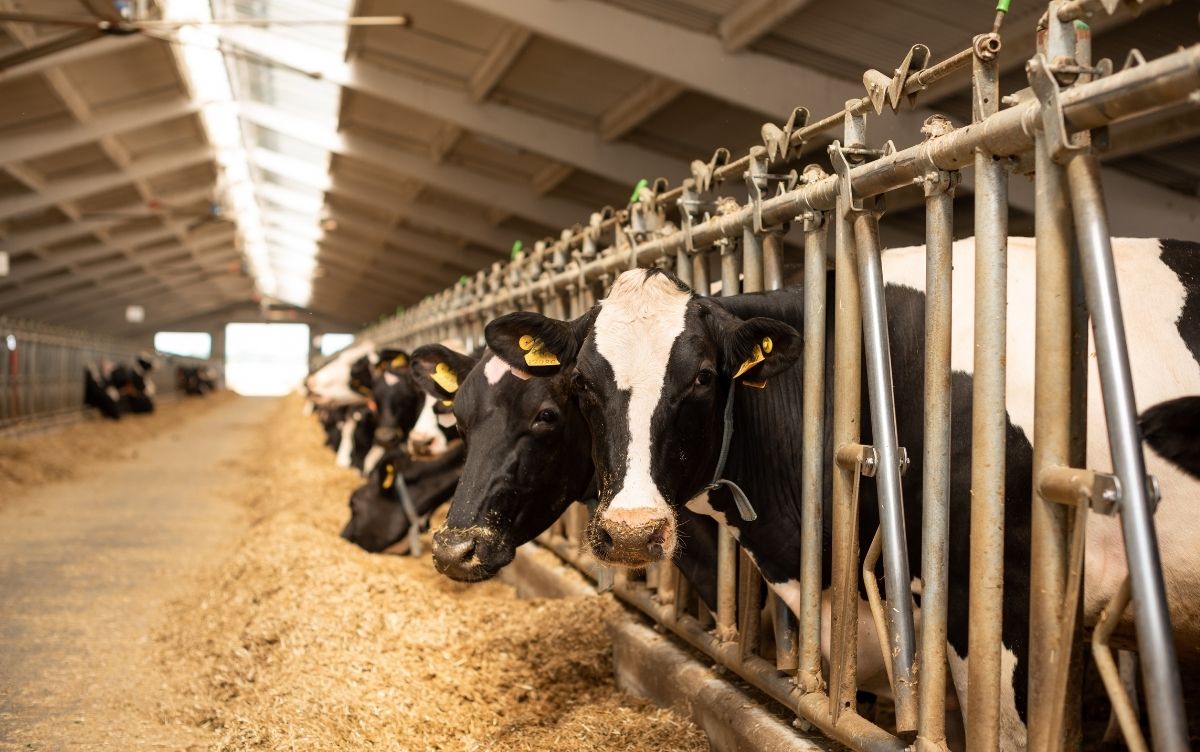Poisoning incidents on farms are usually because animals have been exposed to lead or copper on farmland.
Livestock
Food Standards Scotland works with the farming industry and primary producers to make sure that food is safe and authentic from the beginning of the food chain
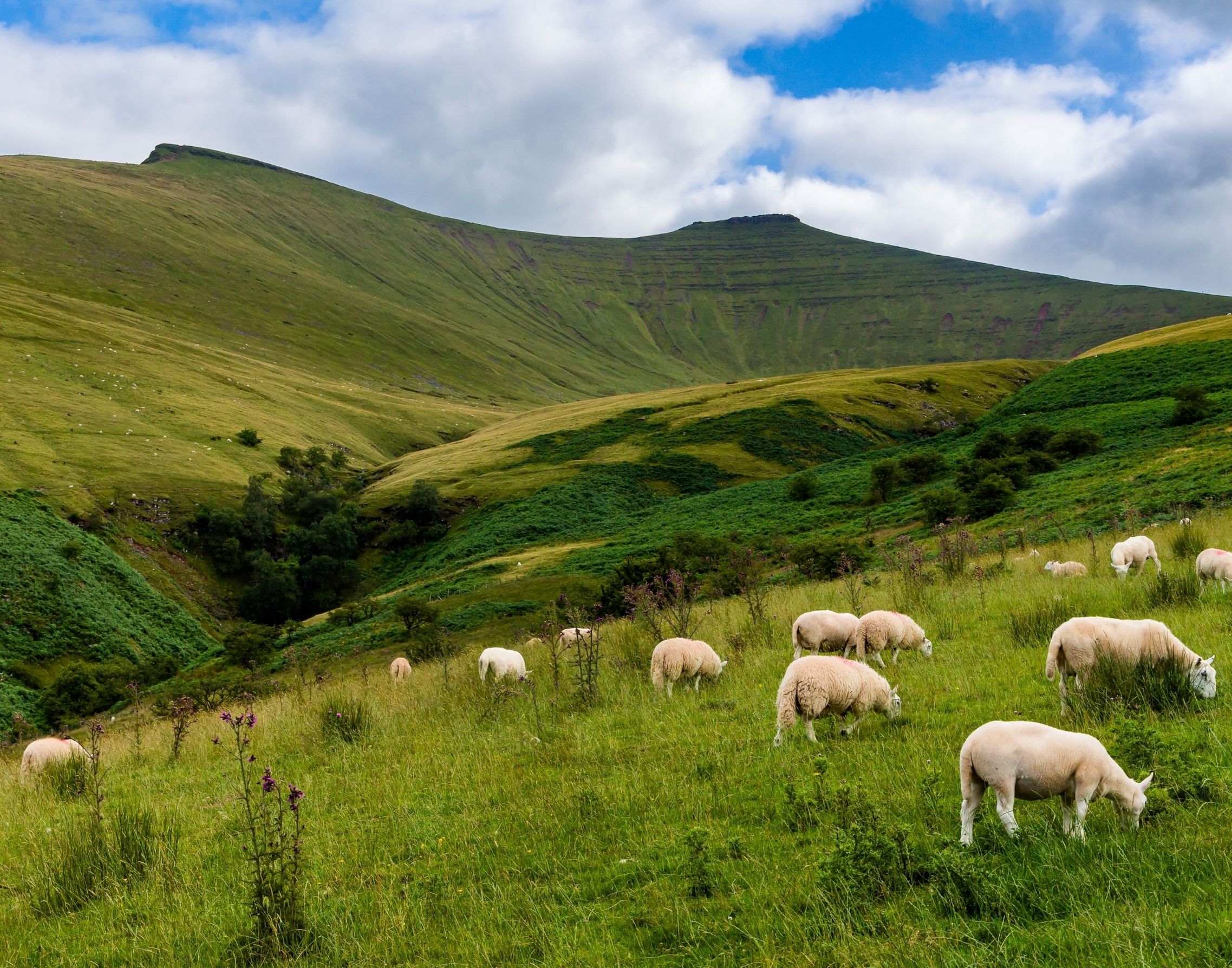
In this section
Farmers and primary producers can find information on hygiene legislation and specific areas including:
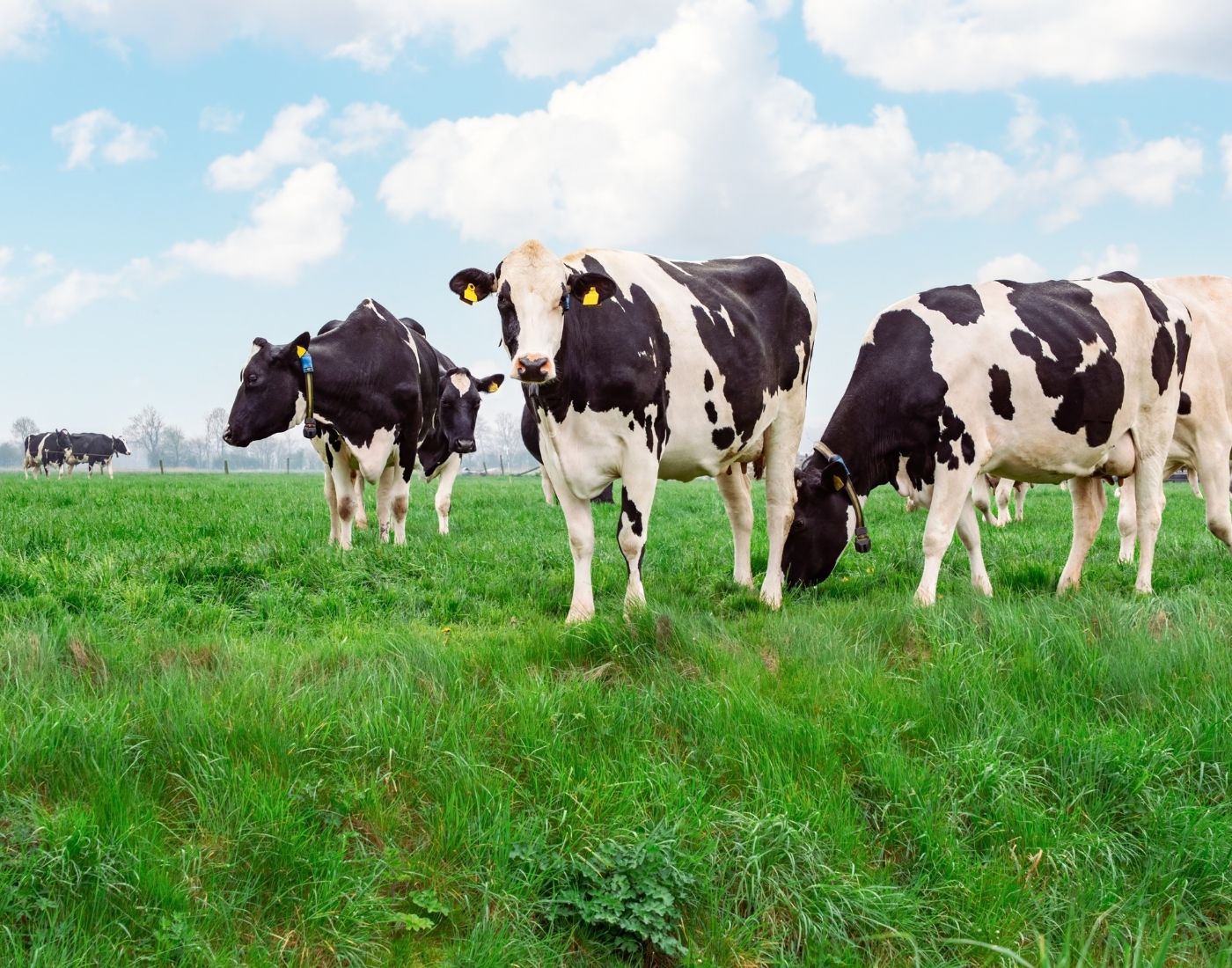
General hygiene legislation
Guide to Primary Production Food and Feed Hygiene Inspections in Scotland.
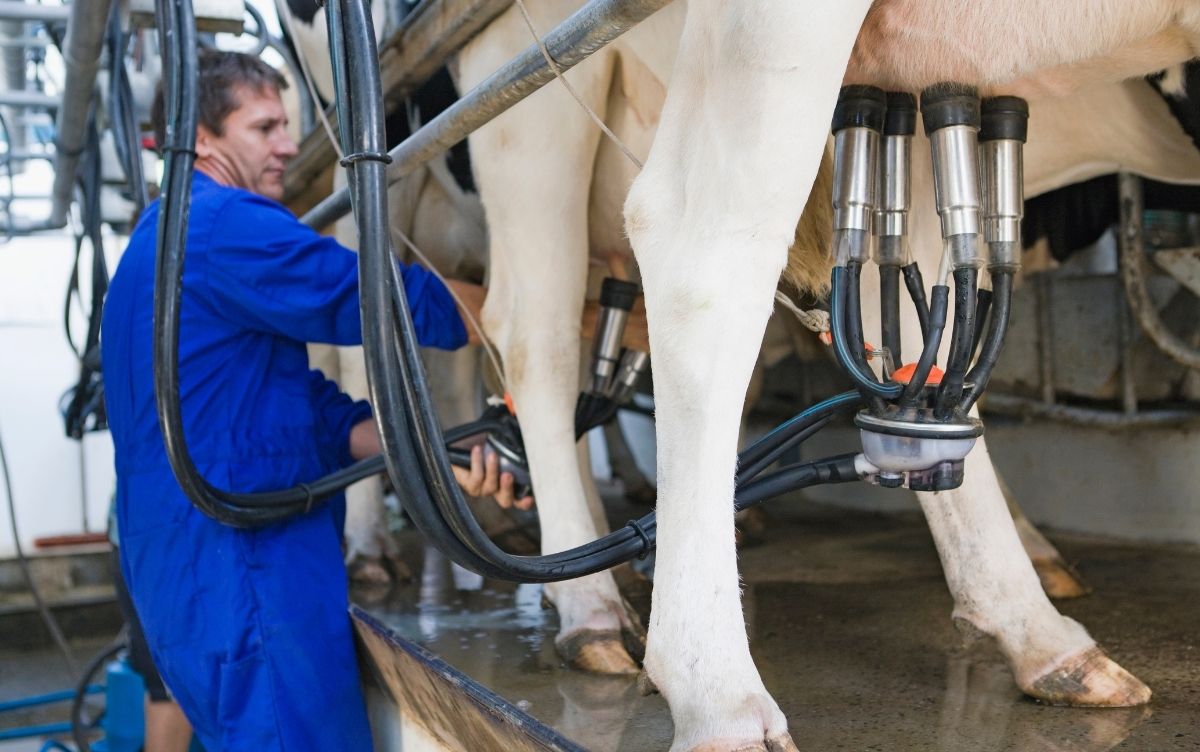
Record-keeping
Guidance for business and enforcement bodies on record keeping requirements i.e. the areas which records will be required to be kept, and the standards expected for business to comply with the legislation. This document is for all stakeholders including primary producers and enforcement bodies to enable them to understand and comply with the legislation.

Farmers market guidance
The information in the guide is designed not only to help market traders and organisers meet food safety requirements, but also to assist traders in the correct labelling of their products to comply with food labelling requirements.
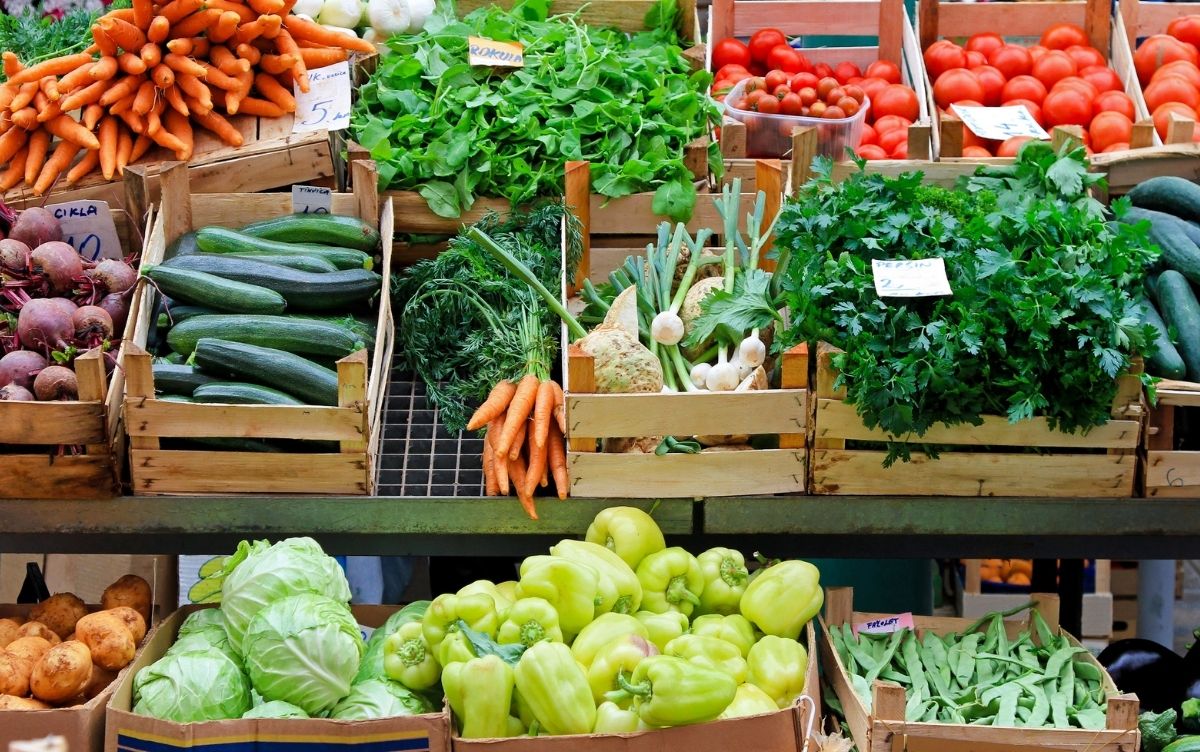
Cleaner animals
Visible cleanliness of the live animal has been shown to be directly related to carcase hygiene and can be used as one of a number of control points for improving the safety of red meat.
